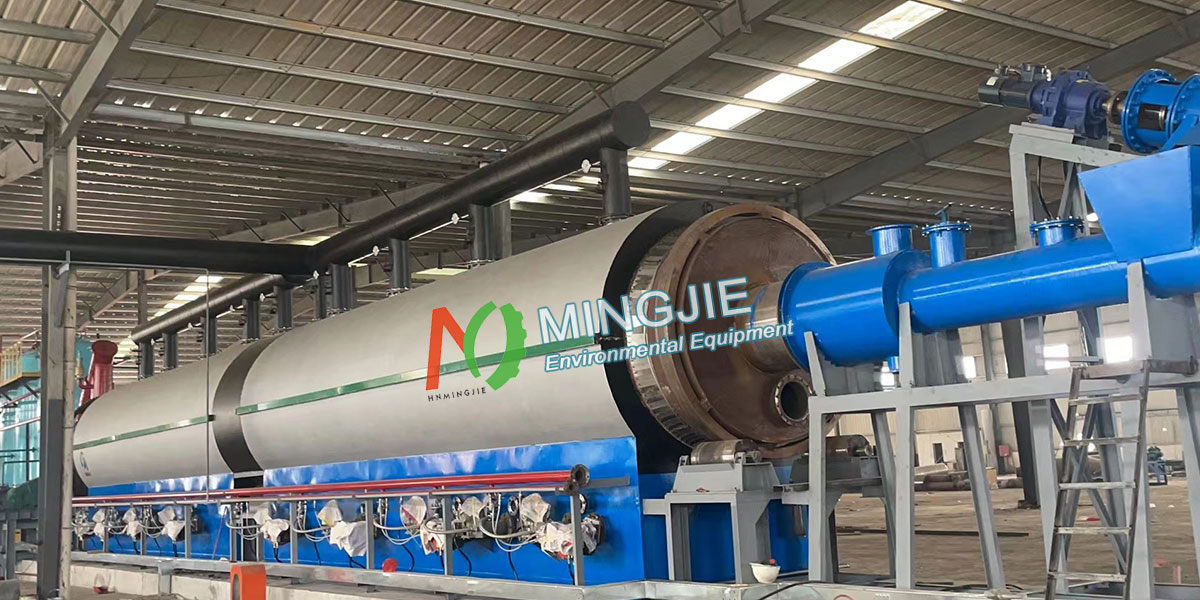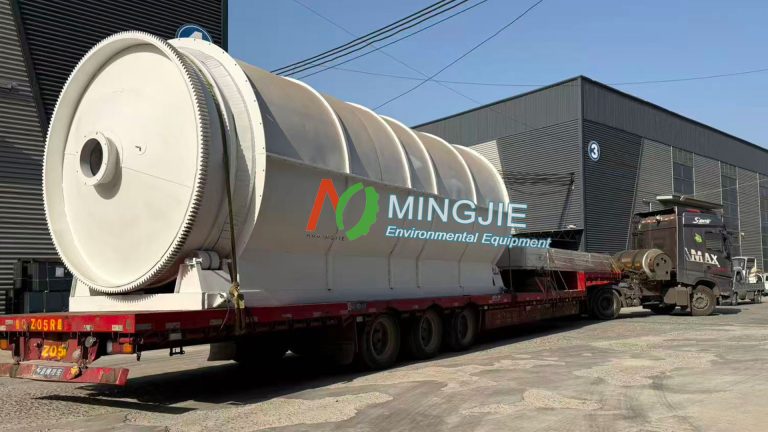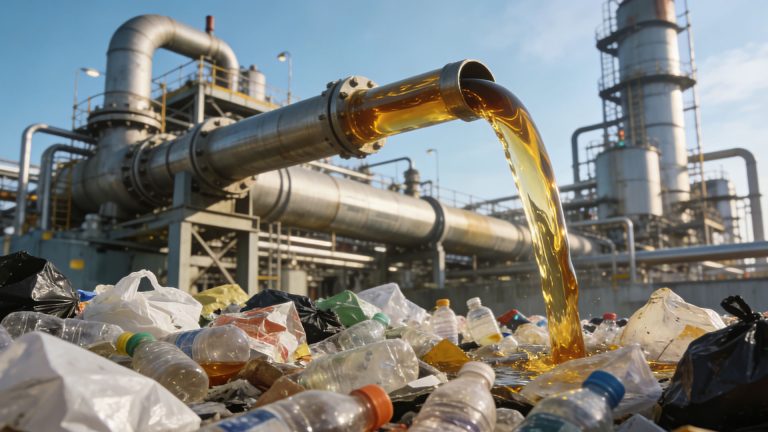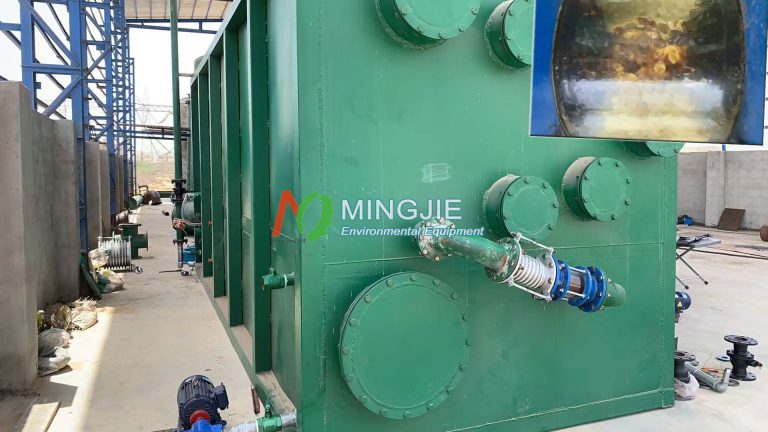Continuous tyre pyrolysis technology can transform waste tires into high-value-added products of stable quality, including fuel oil, carbon black, steel wire, and combustible gas. Continuous pyrolysis can maximize the recovery and efficient utilization of waste tire resources. It offers high economic and environmental benefits and broad market prospects.
Continuous pyrolysis technology is an advanced solution for waste tire recycling. It features continuous and stable operation, intelligent control, low carbon footprint, environmental friendliness, and high cost-effectiveness.
Continuous pyrolysis plant offers significant advantages in terms of technological maturity, advanced equipment, and international recognition. Currently, several solid waste pyrolysis projects utilize continuous pyrolysis plants.

Advantages of Continuous Pyrolysis Plant
Wide Material Adaptability: Widely applicable to various types of waste tires and rubber.
Low Processing Cost: The tyre pyrolysis process does not form coke, and gas-liquid-solid separation of materials can be completed at relatively low temperatures.
Non-condensable combustible gas is purified and used as fuel for heating. Flue gas waste heat recycling technology saves energy and reduces emissions. Material cooling utilizes indirect circulating water cooling, resulting in a streamlined process.
Efficient Resource Recovery: Full and complete pyrolysis maximizes resource recovery, resulting in high resource yield and quality.
Environmentally Friendly: The entire pyrolysis process is completed within sealed equipment pipelines, eliminating dust and VOC leakage and generating no secondary pollution.
Highly Intelligent: The continuous tyre pyrolysis plant is highly automated, utilizing a PLC-based intelligent control system.
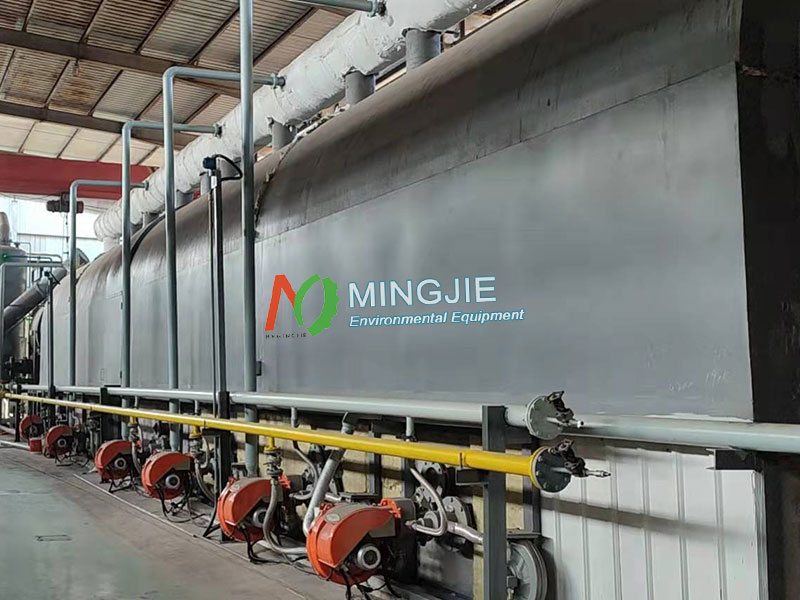
Continuous Tyre Pyrolysis Project
The continuous tyre pyrolysis plants have been industrialized in dozens of countries, including Germany, South Korea, Brazil, as well as in China. While ensuring safe, environmentally friendly, and continuous and stable operation, they achieve resource recovery, harmless disposal, and reduced waste tire volume.
A major European tire manufacturer purchased a large-scale continuous pyrolysis plant. The tyre pyrolysis plant manufacturer helped the company achieve internal recycling of waste tires, enhancing its green image.
The continuous tyre pyrolysis plant utilizes advanced rotary kiln pyrolysis equipment, capable of efficiently processing large quantities of waste tires. During operation, the continuous pyrolysis equipment has demonstrated high stability and efficiency, processing up to 80 tons of waste tires daily. The recovery rate and purity of the pyrolysis products are industry-leading.
The company’s technical director praised the plant, saying, “This continuous pyrolysis equipment not only solves our waste tire processing challenges but also opens up new business areas for us.”

Continuous Pyrolysis Process
In a continuous tyre pyrolysis project, waste tires are first fed into a pretreatment system. After a series of crushing and screening operations, the tires are cut into particles of appropriate size, ensuring a more complete and efficient pyrolysis reaction.
The pretreated tire material is then continuously fed into the pyrolysis reactor. Within the reactor, temperatures typically reach 400°C to 800°C, or even higher. Under these high temperatures and in the absence of oxygen, the organic compounds in the tires begin to break and reform their chemical bonds.
During the continuous tyre pyrolysis process, the molecular chains gradually break down, breaking down into various small hydrocarbon gases. These gases have a high calorific value and can be used as fuel.
Also, liquid pyrolysis oil is produced. This is a complex mixture rich in organic compounds such as aromatics. After further refining and processing, the tire pyrolysis oil can be used as fuel or a chemical feedstock.
The carbon black in the tires remains as a solid. This carbon black has unique physical and chemical properties and is widely used in industrial production.
Furthermore, metal materials such as steel wire used to reinforce the tire structure remain largely unchanged during the pyrolysis process. Subsequent separation and recovery processes can separate these materials from the pyrolysis products, enabling the recycling of these metal resources.

